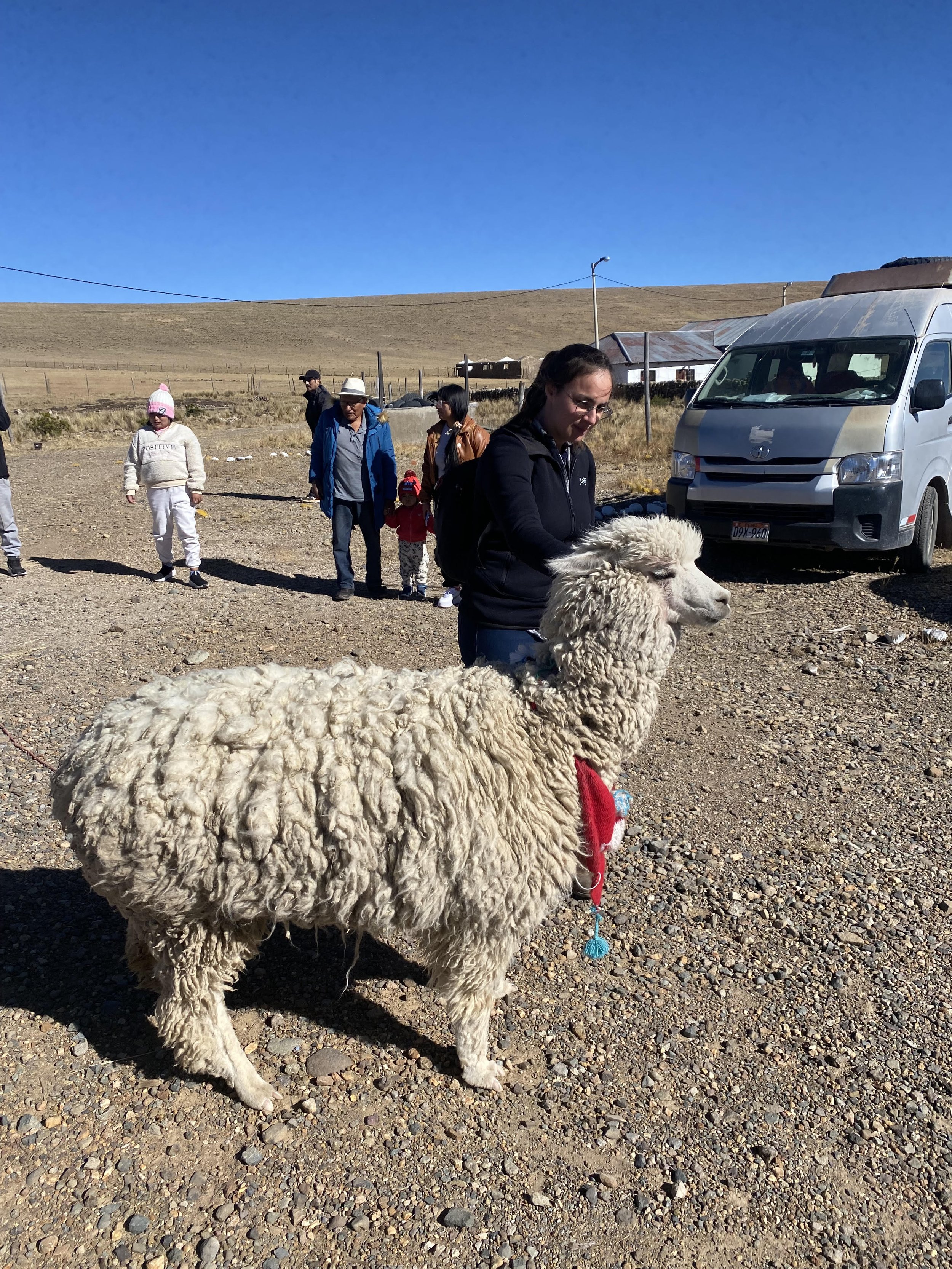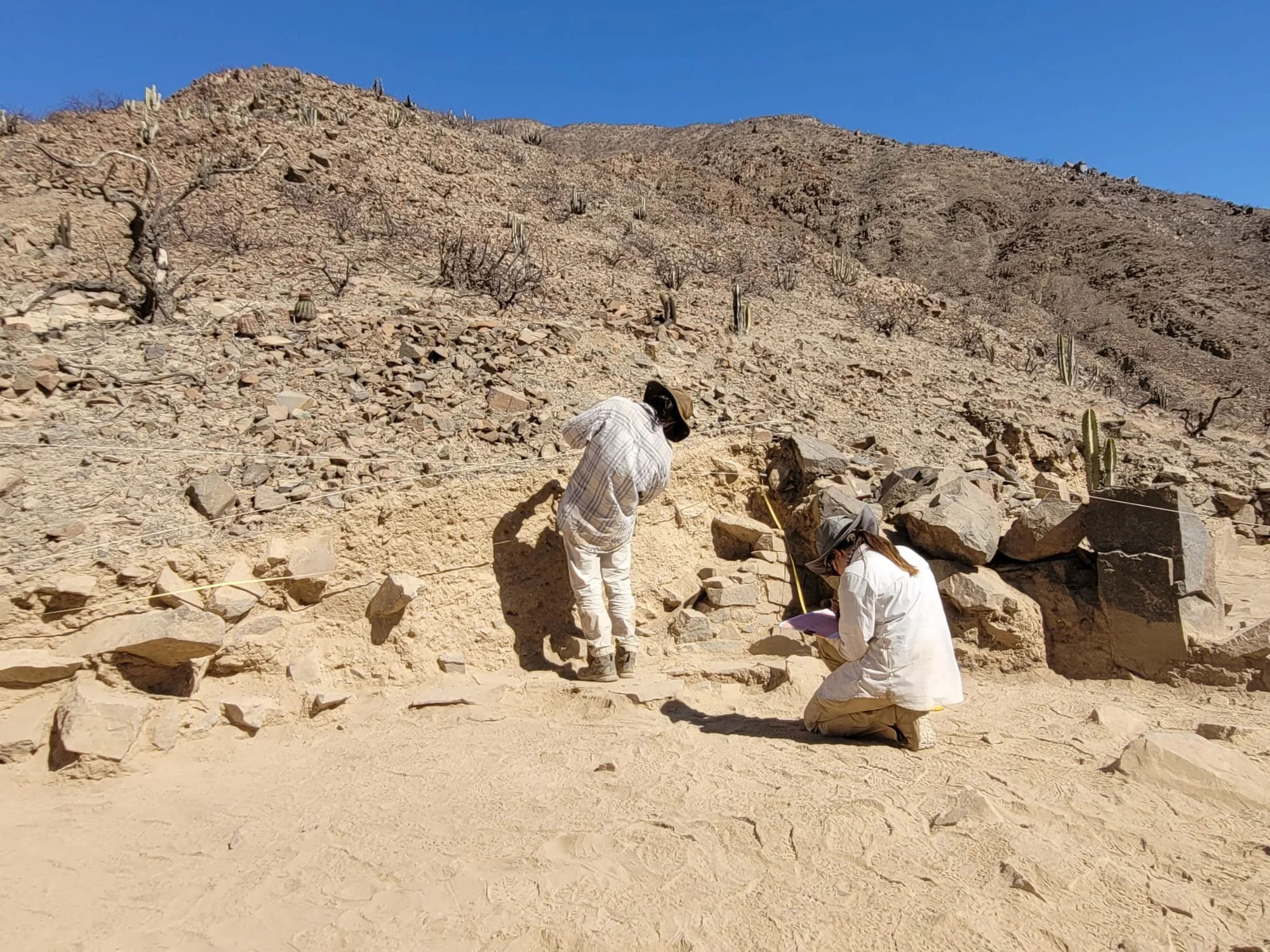
Exploring the interaction of human and other-than-human beings in the past.
The Multispecies Archaeology Research Group (MARG) traces the shared histories of humans, animals, and plants in the past.
We employ archaeological excavation, zooarchaeology, palaeoethnobotany, and isotope analysis to investigate human practices in the past. A central part of our approach examines animal life histories to determine the impacts of environmental pressures on past foodways and human behaviour.

MARG Meaning
MARG — the Multispecies Archaeology Research Group — finds resonance in the words ਮਾਰਗ (Punjabi) and मार्ग (Hindi), both pronounced mārg, meaning path, way, or route. Beyond their literal sense, these words carry philosophical weight: they evoke journeys of seeking, becoming, and ethical direction.
At MARG, we draw on these meanings as we explore the entwined lives of humans, animals, plants, and environments across time. Our research follows the paths left in the archaeological record — through field work, zooarchaeology, palaeoethnobotany, and isotope analysis — to understand the multispecies relationships that shape our worlds.
MARG is not just an acronym. It is a way.
– Khushman K. Jawandha
-
Collaborative Field Work and Survey
Research group members both direct and participate in archaeological excavations and survey to explore changing patterns in human behaviour. These opportunities allow for our collection of animal and plant remains that form the basis of our zooarchaeological and isotopic work.
-

Zooarchaeology
Zooarchaeology is the study of animal remains from archaeological sites. Our research primarily works with bones, teeth, antler and shell. We investigate the distribution of species from known archaeological contexts to examine the focus of subsistence strategies and the way animals are incorporated into other cultural practices.
-

Isotope Analysis
We employ stable isotope analysis to estimate the geochemical variation of different tissues from archaeological contexts: bones, teeth, and plants. The results of these analyses allows us to reconstruct the shared and divergent life histories of humans and nonhumans.

Our Projects
Cocahuischo
A Late Nasca site in the Tierras Blancas Valley of southern Peru, Cocahuischo is a large domestic centre with hundreds of stone structures. Evidence of local Nasca and nonlocal highland ceramic styles, obsidian, Pacific coastal resources, guinea pigs, and peanuts attests to Cocahuischo’s importance as a point of exchange in the precolonial Andes. Our work at Cocahuischo is bringing needed attention to the life histories of animals and their importance as food and as ceremonial agents in Late Nasca practices.
Sican Museum
Decades of seminal archaeological work in the Lambayeque region of northern Peru has amassed impressive faunal collections. Our work involves returning to these collections to elucidate the way that marine and terrestrial resources formed part of daily foodways. We are also investigating the diversity of diet and mobility among llama, alpaca, dog, guinea, and marine coastal birds.



